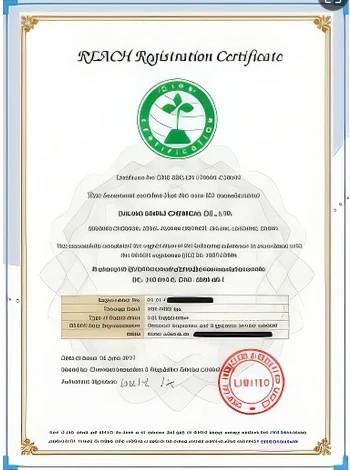



polyacrylamide charge
The Significance of Polyacrylamide Charge in Applications and Research
Polyacrylamide (PAM) is a synthetic polymer widely used in various fields, including biotechnology, environmental science, and industrial applications. One of the critical properties of polyacrylamide that significantly influences its performance and suitability for different tasks is its charge characteristics. Understanding polyacrylamide charge is essential for optimizing its use in diverse applications.
Polyacrylamide can be synthesized in various forms, including anionic, cationic, and non-ionic types, each of which possesses different charge characteristics. The charge of polyacrylamide is primarily derived from the functional groups introduced during its synthesis. Anionic polyacrylamide contains negatively charged groups, cationic polyacrylamide carries positively charged groups, while non-ionic polyacrylamide has no significant charge. The choice of charge type is crucial, as it determines the polymer's interaction with other materials and its overall efficacy in specific applications.
In environmental science, polyacrylamide is often used in water treatment processes. Anionic PAM, for instance, is particularly effective in enhancing sedimentation and dewatering processes in wastewater treatment. The negatively charged groups of anionic polyacrylamide attract positively charged particles in water, facilitating their aggregation and ultimately leading to the effective removal of impurities. In contrast, cationic polyacrylamide can be employed in applications where the goal is to flocculate negatively charged contaminants, making it a versatile tool in environmental remediation.
polyacrylamide charge

In the field of agriculture, polyacrylamide is utilized to improve soil structure and water retention. Its charge characteristics play a vital role in this process. Anionic polyacrylamide, for instance, can bind to soil particles and create stable aggregates, which enhances soil aeration and moisture retention. These improvements lead to better crop yields and reduced erosion, making polyacrylamide a valuable ally for sustainable agriculture.
In biotechnology, polyacrylamide is widely used in gel electrophoresis, a technique essential for DNA, RNA, and protein separation. The charge of polyacrylamide is crucial in this context, as it affects the migration of charged biomolecules through the gel. A gel matrix with optimal charge characteristics ensures an efficient separation process, facilitating accurate analysis and characterization of biological samples.
Moreover, the charge of polyacrylamide also affects its interaction with other chemicals and materials. For instance, in oil recovery applications, charged polyacrylamide can alter the viscosity of aqueous solutions, improving the efficiency of oil extraction processes. By modifying the charge density and molecular weight of polyacrylamide, researchers can customize its properties to suit specific needs, enhancing its effectiveness in diverse industrial applications.
In conclusion, the charge characteristics of polyacrylamide are fundamental to its performance across various applications. Whether in water treatment, agriculture, biotechnology, or industrial processes, understanding and manipulating the charge properties of polyacrylamide can lead to significant advancements and improvements. As research continues to explore new synthesis methods and applications, the significance of polyacrylamide charge will remain a pivotal area of study, driving innovation and efficiency in numerous fields.
-
Why Sodium Persulfate Is Everywhere NowNewsJul.07,2025
-
Why Polyacrylamide Is in High DemandNewsJul.07,2025
-
Understanding Paint Chemicals and Their ApplicationsNewsJul.07,2025
-
Smart Use Of Mining ChemicalsNewsJul.07,2025
-
Practical Uses of Potassium MonopersulfateNewsJul.07,2025
-
Agrochemicals In Real FarmingNewsJul.07,2025
-
Sodium Chlorite Hot UsesNewsJul.01,2025










